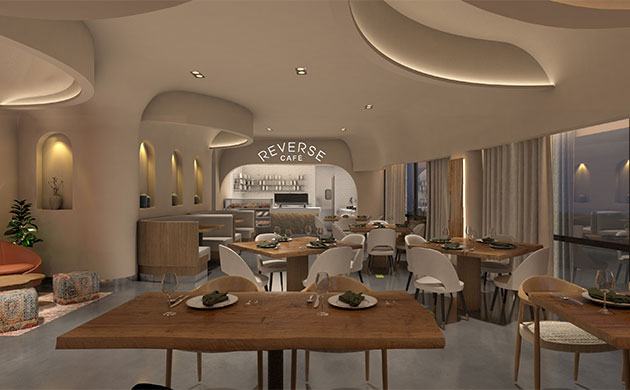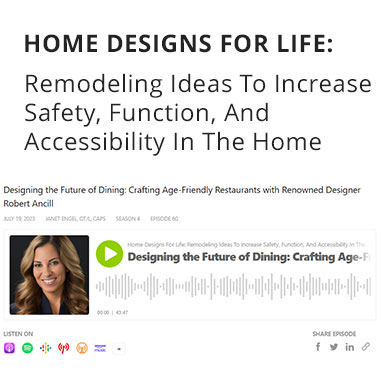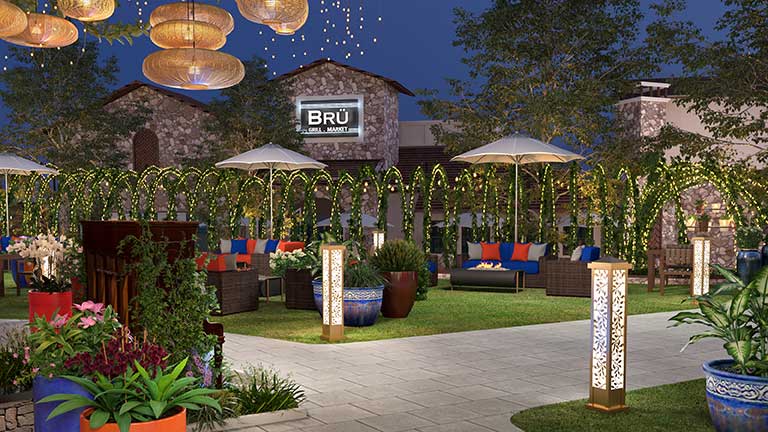Differentiation is the process of distinguishing a product or entire offering from others, making it more attractive to a particular target market. This involves differentiating it from competitors’ products and standing out on the competitive landscape through unique positioning.
In the business world, differentiation is the key to success. It’s the process of making your product or offering stand out from the rest, appealing to a specific target market. By highlighting the unique aspects of your product and distinguishing it from competitors, you gain a competitive edge.
Differentiation can be achieved in two forms: Duplicate and Exclusive.
Duplicate Differentiation involves highlighting features that may be available elsewhere, but executed exceptionally well. For example, a restaurant that prides itself on first-class service is differentiating itself, but the significance of this differentiation may be limited if competitors also offer good service. However, when multiple points of difference are combined, like fresh and fast food at a competitive price with friendly service and engaging surroundings, it creates a powerful unique selling proposition.
On the other hand, Exclusive Differentiation sets your product apart by offering features that are truly unique in the market. This can be a patented technology, innovative design, or unique recipes. When executed well, this type of differentiation can lead to extraordinary success.
However, it’s important not to overlook Duplicate Differentiation even when Exclusive Differentiation has been achieved. Brands like Dyson have demonstrated that paying attention to all aspects of differentiation, including design in addition to patented technology, can maintain and enhance their competitive advantage.
In the restaurant industry, Exclusive Differentiation can be seen in unique recipes, food presentation, and environmental design. Service also plays a crucial role, with modern dining trends offering new opportunities for innovation and differentiation.
By understanding and leveraging the power of differentiation, businesses can truly stand out from the competition and attract their target market.
Customers today hold the key to businesses’ success or failure. Even before interacting with employees, a customer’s opinion of a restaurant can be swayed by a confusing website. It’s all about their Zone Of Possible Approval (ZOPA), which determines their emotional rating when making purchasing decisions. Small details like lukewarm food or overly frothy coffee can be deal breakers. But, with the right touches of duplicity and exclusivity, businesses can skyrocket their ZOPA ratings. Imagine giving a customer flowers on their birthday without any prior knowledge – that’s what makes a lasting impression.
In the competitive landscape of our globalized world, differentiation is the key to survival. The ability to stand out from the crowd, both through duplicating successful tactics and offering exclusive experiences, will determine who thrives and who fails.
At The Next Idea Group, we understand the importance of differentiation in staying ahead in the market. By identifying and creating trends, we give our clients the edge they need to outshine their competitors. So, join us in embracing differentiation and securing a special place in your customers’ hearts.
Author: Robert Ancill
robert@thenextidea.net















